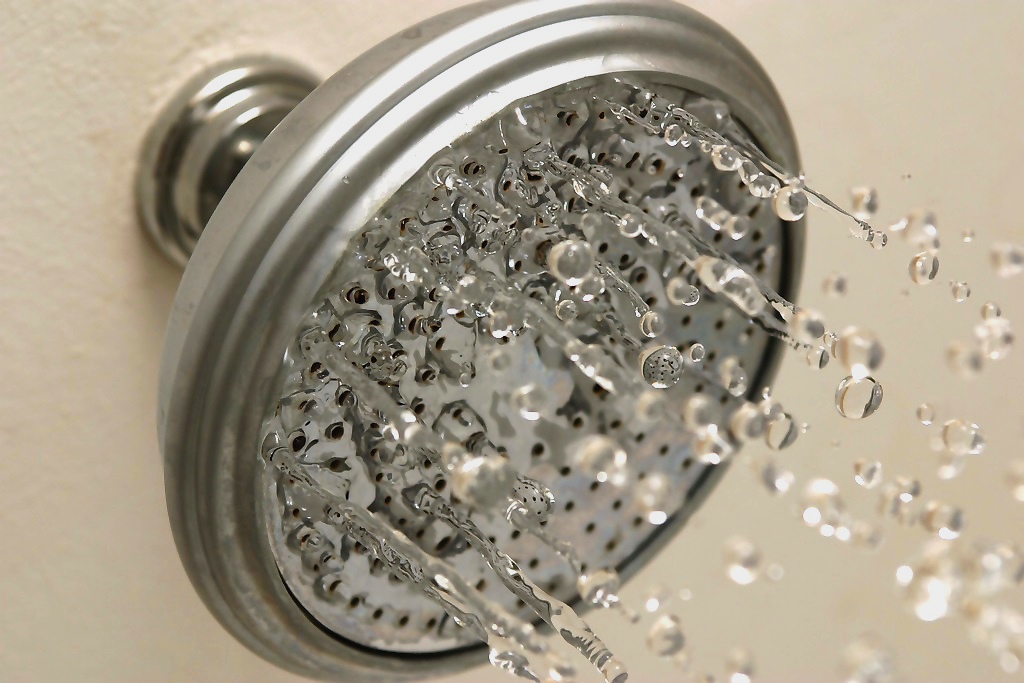ECA Water Scheme

|
Contents |
[edit] Introduction
'ECA' stands for 'Enhanced Capital Allowances' and this scheme encourages businesses to invest in technologies that save water and improve water quality. It does so by permitting businesses to claim 100% first-year allowances tax on investments in certain technologies and products. This enables businesses to reduce their tax bills accordingly.
Only new plant and machinery are eligible for an ECA and the plant and machinery must be listed on the Water Technology List ('WTL') which is maintained for capital allowance qualification purposes. The WTL is maintained by AEA Technologies on behalf of DEFRA
The scheme offers benefits to both supplier and buyer. The supplier can obtain a promotional advantage by seeing its products in the WTL and is able to offer products that come with a tax incentive effectively guaranteed. And for the buyer the tax advantage is augmented by the knowledge that this is a product which has met the criteria necessary for inclusion in the WTL.
[edit] Technologies covered by the ECA water scheme
ECAs are available on products and technologies that meet the specified criteria within the ECA scheme and are included on the WTL at the time of purchase.This might include:
- Cleaning-in-place equipment – monitoring and control equipment, and spray devices;
- Efficient showers – aerated shower-heads, auto shut-off showers, flow regulators, low-flow shower-heads and thermostatic controlled showers;
- Efficient taps – automatic shut-off taps, electronic taps, low-flow screw-down or lever taps and spray taps:
- Efficient toilets – low-flush toilets, retrofit WC flushing devices and urinal controls;
- Efficient washing machines – efficient commercial and industrial washing machines:
- Flow controllers – control and flow-limiting devices:
- Leakage detection equipment – data loggers, pressure-reducing valve controllers, and remote meter-reading and leak-warning devices;
- Meters and monitoring equipment – flow meters and water management software;
- Rainwater harvesting equipment – monitoring and control equipment, rainwater filtration equipment and rainwater storage vessels;
- Small-scale slurry and sludge dewatering equipment – belt press, centrifuge and filter press equipment;
- Vehicle-wash water reclaim units – partial or full reclaim systems;
- Water efficient industrial cleaning equipment – scrubber/driers (walk-behind and ride-on machines) and steam cleaners;
- Water management equipment for mechanical seals – seal water recycling units, internal flow regulators, and monitoring and control units, and
- Water reuse systems – see the section below on ECAs for water reuse systems.
To be eligible for the ECA, the product must be on the WTL at the time you buy it – you cannot claim an ECA on a product that is added to the WTL after you purchased it.
New products are added to the WTL on the first day of every month. The criteria for the WTL may be reviewed annually and can include the introduction of new technologies.
[edit] ECAs for water reuse systems
Water reuse 'systems' are processed differently to 'products' on the WTL.
Water reuse technology on the WTL has two sub-technologies:
- Efficient membrane filtration equipment
- Wastewater recovery and reuse.
Due to their bespoke nature, these technologies are both eligible for ECAs via a certification scheme for each individually installed system, rather than the standard product list used for other technologies on the WTL.
Water reuse involves reusing suitably treated wastewater from one process for a different purpose. Water reuse technology reduces the demand on drinkable sources of freshwater and reduces the volume of wastewater discharged to sewers. Water reuse can be an economical way to reduce your costs.
The business sectors that can benefit most from using water reuse systems include the following industries:
- Food and drink
- Printing
- Chemicals
- Construction
- Electronics
- Metal finishing.
[edit] How to apply for a water reuse system to be eligible for ECA's
It is the responsibility of the business installing the water reuse system to apply to have it certified as eligible for an ECA, not the business which manufactures or supplies it. If the application is approved, DEFRA will award the business a 'Certificate of Environmental Benefit'. This certificate verifies that the design of that water reuse system meets the water-efficient criteria.
If you are installing a water reuse system, you should ask your manufacturer or supplier to ensure that the design meets the eligibility criteria, as you must provide supporting evidence for this to DEFRA.
Any investments in these technologies will only qualify for ECAs if a certificate has been issued for the equipment. A certificate can be revoked in certain circumstances, for example, if the recovery and reuse system is certified at design stage and the design of the system changes during development or the development ceases.
This article was written by Martin Cantor (--Martinc) in August 2013 and updated in March 2019.
[edit] Related articles on Designing Buildings Wiki
- Achieving sustainable clean water infrastructure for all.
- Capital allowances.
- Enhanced Capital Allowance scheme.
- Filtration.
- Flood and water management act.
- Lavatory.
- Passive water efficiency measures.
- Rainwater harvesting.
- Sustainable Urban Drainage Systems.
- Water consumption.
- Water engineering.
[edit] External references
Featured articles and news
One of the most impressive Victorian architects. Book review.
RTPI leader to become new CIOB Chief Executive Officer
Dr Victoria Hills MRTPI, FICE to take over after Caroline Gumble’s departure.
Social and affordable housing, a long term plan for delivery
The “Delivering a Decade of Renewal for Social and Affordable Housing” strategy sets out future path.
A change to adoptive architecture
Effects of global weather warming on architectural detailing, material choice and human interaction.
The proposed publicly owned and backed subsidiary of Homes England, to facilitate new homes.
How big is the problem and what can we do to mitigate the effects?
Overheating guidance and tools for building designers
A number of cool guides to help with the heat.
The UK's Modern Industrial Strategy: A 10 year plan
Previous consultation criticism, current key elements and general support with some persisting reservations.
Building Safety Regulator reforms
New roles, new staff and a new fast track service pave the way for a single construction regulator.
Architectural Technologist CPDs and Communications
CIAT CPD… and how you can do it!
Cooling centres and cool spaces
Managing extreme heat in cities by directing the public to places for heat stress relief and water sources.
Winter gardens: A brief history and warm variations
Extending the season with glass in different forms and terms.
Restoring Great Yarmouth's Winter Gardens
Transforming one of the least sustainable constructions imaginable.
Construction Skills Mission Board launch sector drive
Newly formed government and industry collaboration set strategy for recruiting an additional 100,000 construction workers a year.
New Architects Code comes into effect in September 2025
ARB Architects Code of Conduct and Practice available with ongoing consultation regarding guidance.
Welsh Skills Body (Medr) launches ambitious plan
The new skills body brings together funding and regulation of tertiary education and research for the devolved nation.
Paul Gandy FCIOB announced as next CIOB President
Former Tilbury Douglas CEO takes helm.























